India’s electric vehicle (EV) market is accelerating rapidly, with 2025 poised to be a landmark year. Major automakers are set to introduce innovative EVs, catering to diverse consumer needs. This guide provides detailed insights into the top 5 upcoming electric cars in India for 2025, including their expected launch dates, prices, and technical specifications.
Table of Contents
1. Maruti Suzuki e-Vitara
- Expected Launch: April 2025
- Estimated Price: ₹22–₹28 lakh (ex-showroom)
- Battery Options: 49 kWh and 61 kWh
- Range: Up to 550 km
- Drivetrain: Front-Wheel Drive (FWD) and optional All-Wheel Drive (AWD)
- Key Features: Advanced infotainment system, connected car technology, and premium interior design.
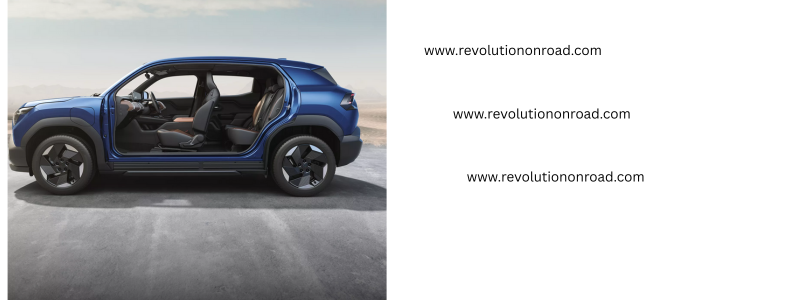
The e-Vitara marks Maruti Suzuki’s entry into the electric cars segment, developed in collaboration with Toyota. It aims to offer a blend of performance and efficiency, appealing to urban and semi-urban consumers.
Design & Platform:
The e-Vitara is built on a heavily reworked version of the Global C platform, co-developed with Toyota. It features a bold SUV stance, signature LED lighting, and aerodynamically optimized lines to reduce drag.
Performance & Charging:
The top variant will support DC fast charging, enabling 80% charge in under 50 minutes. The motor delivers around 150 PS of power and 250 Nm of torque, making it suitable for highway cruising and hill driving.
Connectivity:
Equipped with Suzuki’s connected car suite, it supports OTA updates, live traffic data, geo-fencing, and remote AC start—making it a true next-gen EV.
Target Buyers:
Mid- to upper-middle-class urban families seeking a balance between brand trust, range, and utility.
2. Tata Harrier EV
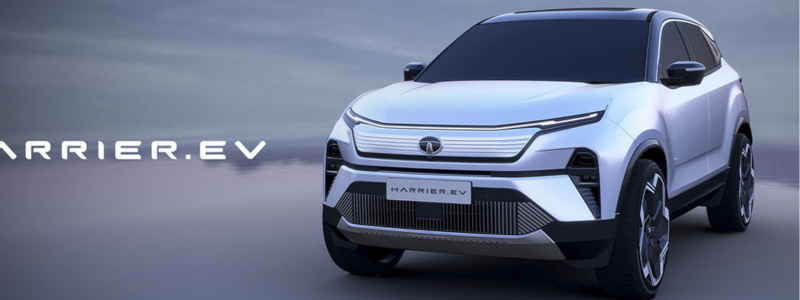
- Expected Launch: June 2025
- Estimated Price: ₹25–₹28 lakh (ex-showroom)
- Battery Capacity: Approximately 60 kWh
- Range: Over 500 km
- Drivetrain: Available in both 2WD and 4WD configurations
- Key Features: Panoramic sunroof, ADAS features, and a futuristic dashboard layout.
Tata Motors is expanding its EV lineup with the Harrier EV, combining the robust design of the Harrier with electric efficiency.
Build Quality & Safety:
Expected to score 5 stars on GNCAP, the Harrier EV will have a high-tensile steel body, reinforced crumple zones, and 6 airbags. It will feature ADAS Level 2, lane assist, blind-spot detection, and adaptive cruise control.
Interior Features:
A 12.3-inch infotainment screen, fully digital cluster, ventilated seats, and wireless charging will be standard. Tata’s new “Arcade.ev” app store integration will allow streaming apps and games.
Powertrain:
The Harrier electric cars will come with dual motor all-wheel drive (AWD) in the top variants, offering better off-road capability and power delivery.
Unique Selling Point (USP):
Combines rugged SUV appeal with luxury electric cars tech under ₹30 lakh.
3. Hyundai Creta EV
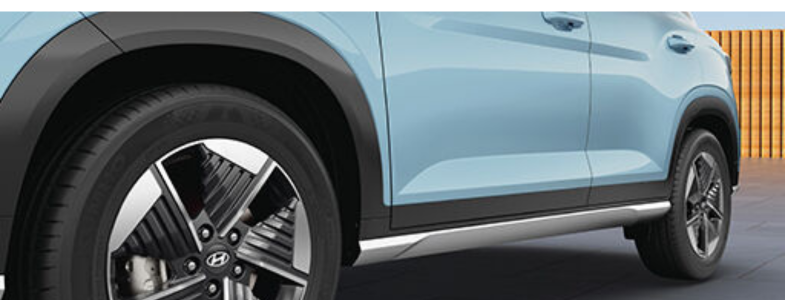
- Expected Launch: January 2025
- Estimated Price: ₹25 lakh (ex-showroom)
- Battery Capacity: 45 kWh
- Range: Approximately 400 km
- Drivetrain: Front-Wheel Drive (FWD)
- Key Features: Modern infotainment system, safety features, and a sleek exterior design.
Hyundai’s Creta electric cars is set to replace the Kona electric cars, offering a familiar SUV experience with electric performance.
EV-Specific Modifications:
Unlike a direct ICE-to-EV conversion, the Creta electric cars has been engineered with a flat-floor architecture, optimizing space and comfort.
Battery & Efficiency:
Hyundai will use an advanced LFP battery pack offering better thermal stability and longer life. Regenerative braking has been fine-tuned for Indian traffic conditions.
Technology Integration:
The car supports Hyundai Bluelink, featuring AI-based route planning that identifies the nearest charging stations, real-time battery status, and driving habit analytics.
Ideal Audience:
Tech-savvy urban drivers who want premium features in a familiar SUV body.
4. Mahindra BE 6
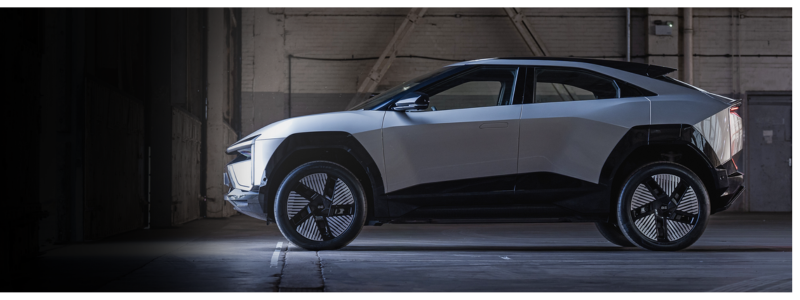
- Expected Launch: Early 2025
- Estimated Price: ₹20–₹25 lakh (ex-showroom)
- Battery Capacity: Approximately 60 kWh
- Range: Up to 500 km
- Drivetrain: Rear-Wheel Drive (RWD)
- Key Features: Dual-screen setup, illuminated steering wheel logo, and a distinctive design language.
The BE 6 is part of Mahindra’s new ‘Born Electric’ platform, emphasizing innovation and sustainability.
Futuristic Design:
The BE 6 will carry Mahindra’s new design language—angular cuts, DRL-heavy front fascia, and a coupe-like silhouette. The LED-lit grille and minimalistic rear add to its futuristic look.
Interior Layout:
The cabin will offer a driver-centric cockpit, minimal physical buttons, and dual 12-inch curved displays. Use of sustainable materials will appeal to eco-conscious consumers.
Innovations:
Equipped with Vehicle-to-Load (V2L) and Vehicle-to-Home (V2H) capabilities, it can act as a backup energy source—especially useful in rural and semi-urban India.
Software & Autonomy:
Mahindra is planning to introduce OTA-driven autonomous features like lane centering, self-parking, and traffic sign recognition.
5. MG Windsor Pro EV
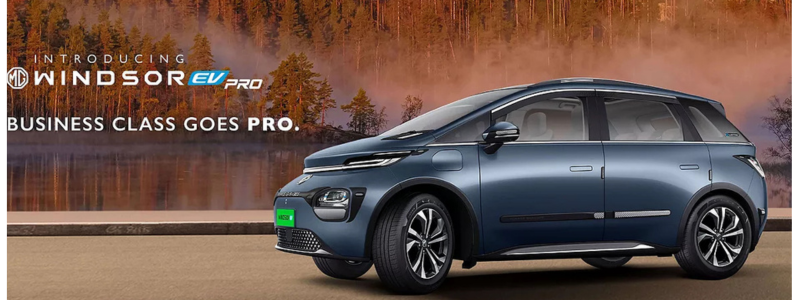
- Expected Launch: May 2025
- Introductory Price: ₹17.49 lakh (ex-showroom) for the first 8,000 bookings
- Battery-as-a-Service (BaaS) Model: Vehicle at ₹12.5 lakh + battery rental at ₹4.5/km
- Range: Approximately 400 km
- Key Features: Extended driving range, modern features, and affordability.
MG’s Windsor Pro electric cars aims to make electric mobility more accessible, offering flexible ownership options through its BaaS model.
Affordability Strategy:
MG’s new Battery-as-a-Service (BaaS) model drastically reduces the car’s starting price. Buyers can rent the battery monthly, reducing upfront investment while making electric cars ownership flexible.
Range & Real-World Testing:
MG claims real-world testing under Indian climate and traffic conditions shows 400+ km of range per charge on mixed usage.
Smart Features:
It comes with iSmart EV 3.0, featuring voice-controlled AC, AI-based driving coaching, and integration with smart home devices like Alexa or Google Nest.
Target Market:
First-time electric cars buyers, young professionals, and fleet operators seeking long range and modern tech at a lower price point.
Comparison Table
| Model | Launch Date | Price (₹ Lakh) | Range (km) | Battery (kWh) | Drivetrain | Key Features |
| Maruti Suzuki e-Vitara | April 2025 | 22–28 | Up to 550 | 49 / 61 | FWD / AWD | Connected tech, premium interiors |
| Tata Harrier EV | June 2025 | 25–28 | Over 500 | ~60 | 2WD / 4WD | Panoramic sunroof, ADAS |
| Hyundai Creta EV | Jan 2025 | 25 | ~400 | 45 | FWD | Sleek design, modern infotainment |
| Mahindra BE 6 | Early 2025 | 20–25 | Up to 500 | ~60 | RWD | Dual screens, unique design |
| MG Windsor Pro EV | May 2025 | 17.49 | ~400 | Not specified | FWD | BaaS model, extended range |
Conclusion
The year 2025 is set to be transformative for India’s electric cars landscape, with major manufacturers introducing models that combine performance, range, and affordability. Whether you’re seeking a premium SUV or a budget-friendly electric car, the upcoming launches offer something for every consumer.
I have been browsing online more than 3 hours today, yet I never found any interesting article like yours. It’s pretty worth enough for me. In my view, if all site owners and bloggers made good content as you did, the internet will be much more useful than ever before.